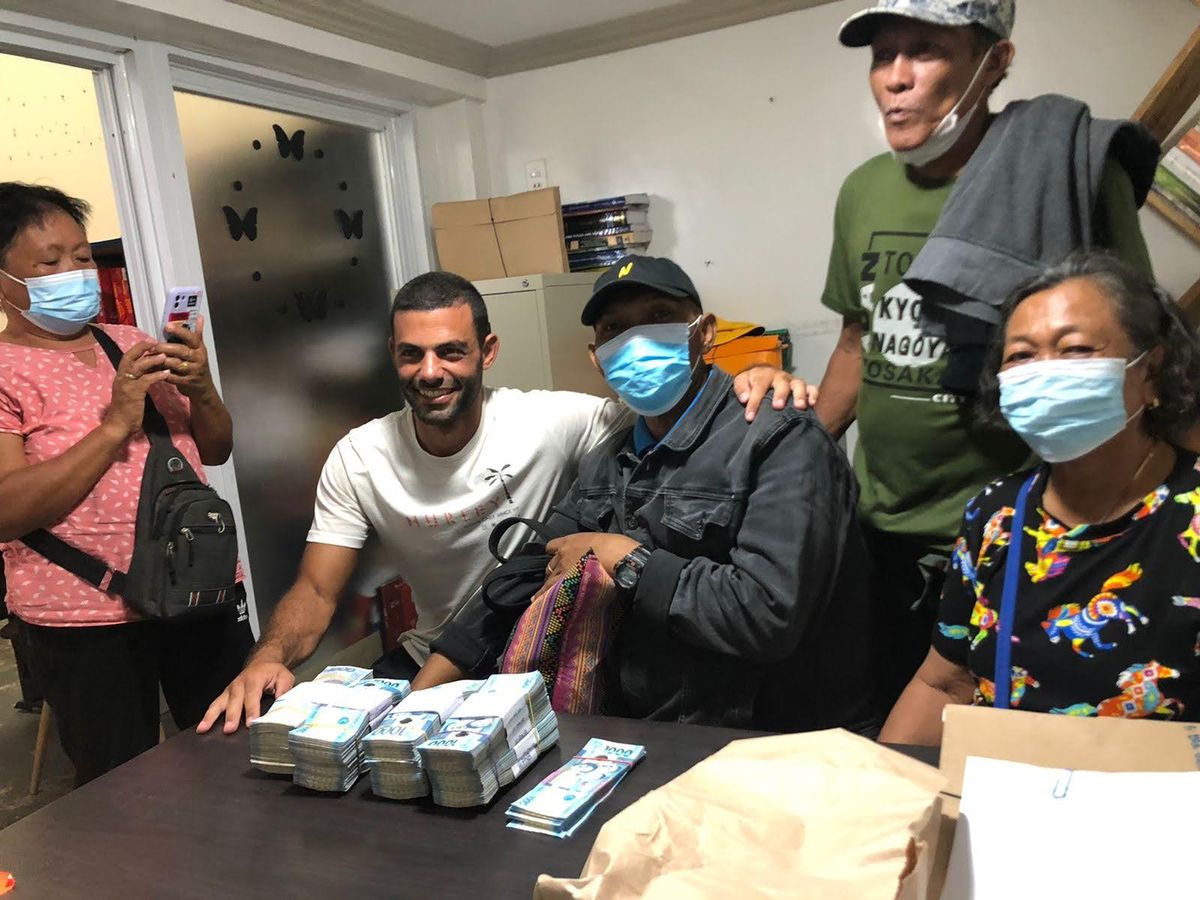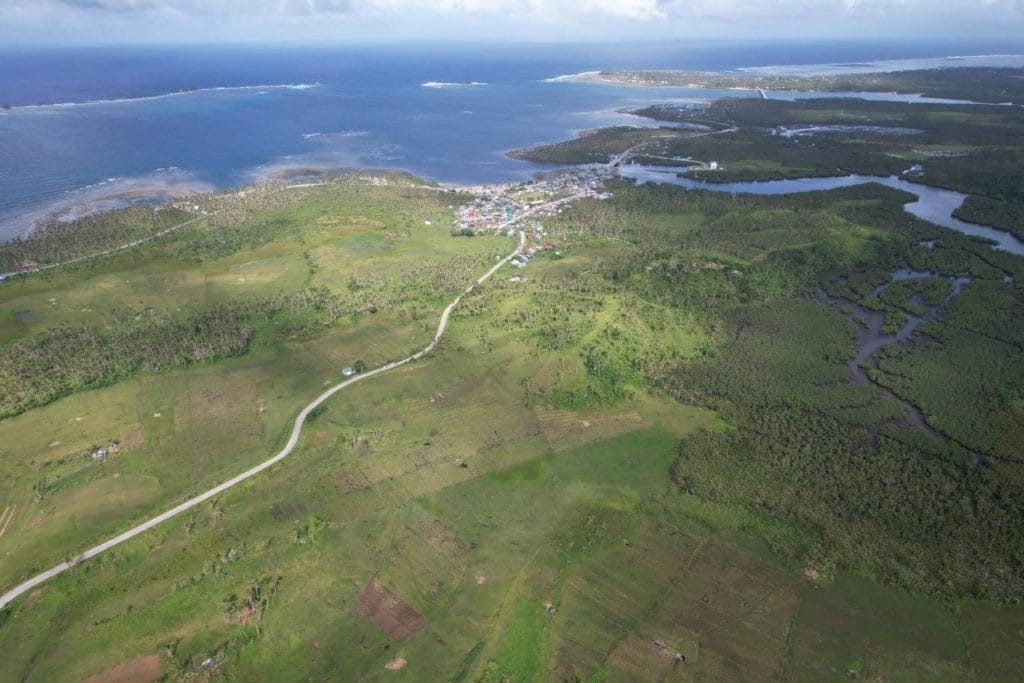Building Cococo – #0 – Holy fucking shit
Why did I buy land on an island in cold cash, what am I building, and why am I sharing the journey in public?

Starting from the end
- I bought land on a lovely tropical island in the Philippines.
- I’m going to build on it a Coworking/Coliving space.
- This is going to be one awesome journey
- I am going to share all of it.
But, why?
It’s been a while since I’ve been dreaming of staying in one place.
I was doing the “digital nomad” thing for three years, traveling around America, Australia, and Asia, and started getting a bit changing a place every few weeks.
At the same time, I’ve been running online businesses for the last few years and started to crave something more natural and physical. While traveling, I started hearing from other remote workers about Coliving spaces. I loved the idea of people exploring the same place while living and working together. With some cash I had on the side(thanks to my digital nomad lifestyle), I decided that will be my next business.
When I arrived in Siargao, I immediately fell in love, and everything clicked together.
The Island
It took me less than a week to know this was the place. I can give many reasons why, but I think this was much more of a guts decision than one from the brain.
I’ve been to many tropical places in my life, with great waves, amazing people, and beautiful views. But something here is somehow more than that.
From the first week in Siargao, I felt super welcome by anyone: locals and foreigners. It usually takes me at least a few weeks to settle in and find my crowd, but in Siargao, everyone was welcoming and genuinely nice from the first moment; it was just amazing. There is some sort of calmness in here, and it’s contagious.

Finding and buying a land
I feel like that could be a whole article by itself, but mostly full of boring instructions and rules. What was most important for me was finding a space with a nice view, close to the main touristic area and surf spots – but also not in the heart of it.
From my experience in touristic towns like Koh Phangan (Thailand) or Santa Teresa (Costa Rica), the best area for digital nomads will be a little off the main crowd, full of backpackers and families.
It took two months of intense searches, but I finally found a pleasant hill in the Barangay(In the Philippines, every area is called a Barangay) of Libertad, just a 10-minute drive from the central area and the the famous Cloud 9 surf spot.
The buying process wasn’t easy. I started by getting signatures from 13 different people and eventually paying over 2,000,000 PHP in cold cash since the owners didn’t have a bank account.

Digital nomads community
I first arrived in Siargao in February 2022. I heard a lot about it from surfer friends and was waiting for the Covid-19 restrictions to pass, followed by Typhoon Odette, which destroyed some parts of the island
One thing I’ve been told over and over: Visit, but there is no way you can work from there. The internet is terrible; many power outages, and basically, everyone’s surfing and partying all day. That didn’t sound bad, but I was worried about running my online business without the proper facilities.
After traveling to small beaches in Nicaragua and Mexico, I had experience being a digital nomad in off-grid destinations. I came to Siargao ready with 3 SIM cards, extra batteries, and a router, prepared for war.
I was surprised to find out the internet was pretty good (50mbps) most of the time, and even when there were power cuts, you could always find a place with the generator.
More shocking than that, I discovered that I’m not the first digital nomad on the island. When I arrived, there were mostly Filipinos from Manila who were allowed to work remotely due to Covid-19 and moved to the island. Slowly more foreigners joined as well.
The funny thing was that when meeting those nomads coming to the island, everyone thought they wouldn’t meet other nomads. There is no Coworking space or even a FB group(by the way, there is one now) for nomads, so no one had information about others.

Building in public
“Building in public” is a common term in the indie startup world. I found out about it around two years ago, and I was shocked to see startup founders sharing their most sensitive data to the eyes of everyone: no NDA, nothing in return, just transparency.
I liked the idea and started reading the stories and data of many other tech founders and learning from them. I started sharing my own on my personal Twitter and Indie Hackers, and I felt it was suitable for a few reasons:
- It holds you accountable; when everyone sees the ins and outs of your business, you better not fuck up.
- It inspires others to do so. Like I learned from other founders that it’s possible to build a profitable online business.
- When you share your success and struggles transparently, the community shares back and tries to help in different ways.
I am going to try to do the same with CoCoCo. All my journey will be shared and transparent. It will keep me accountable for the project’s success and transparency; hopefully, others will find it helpful.